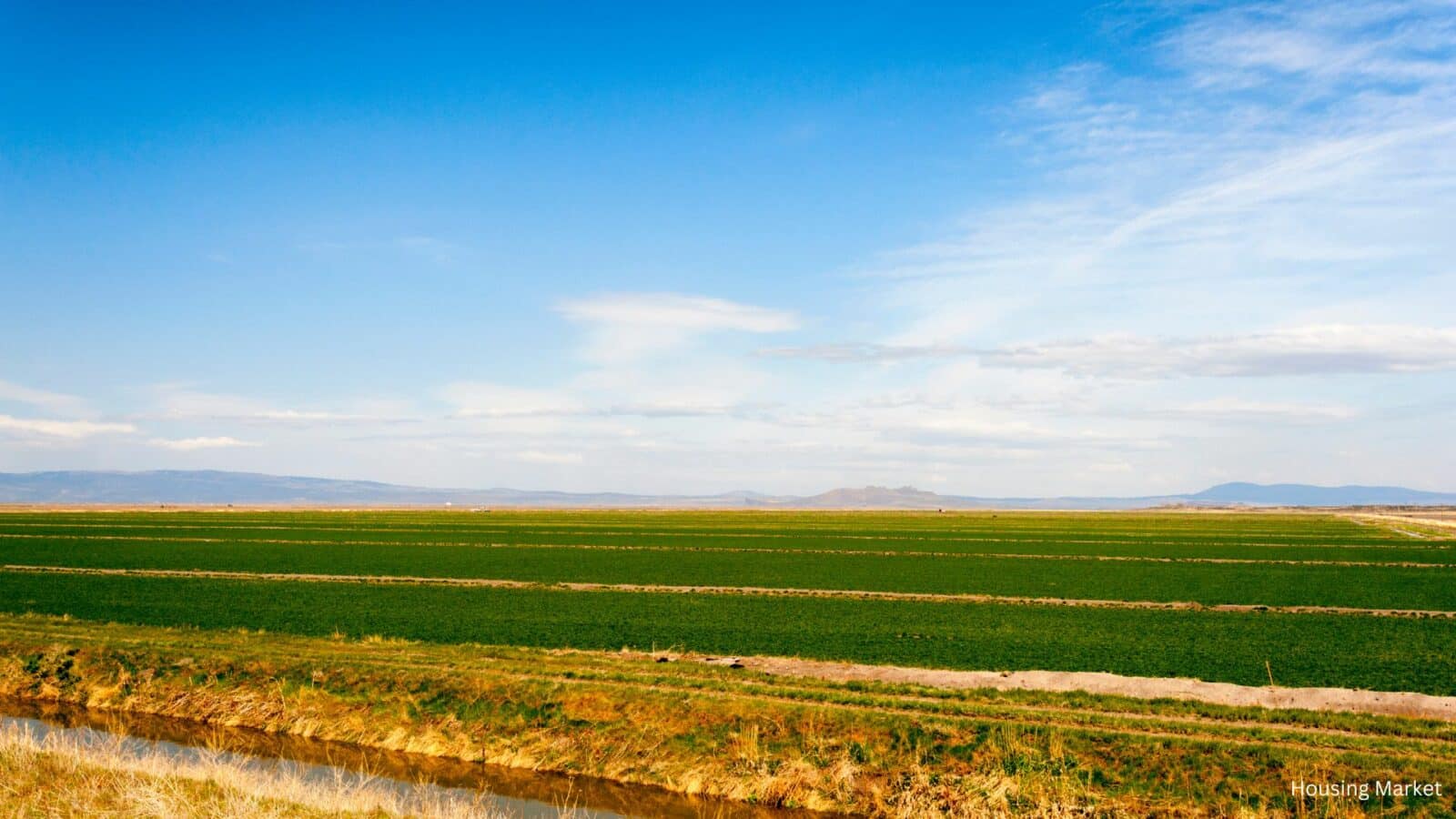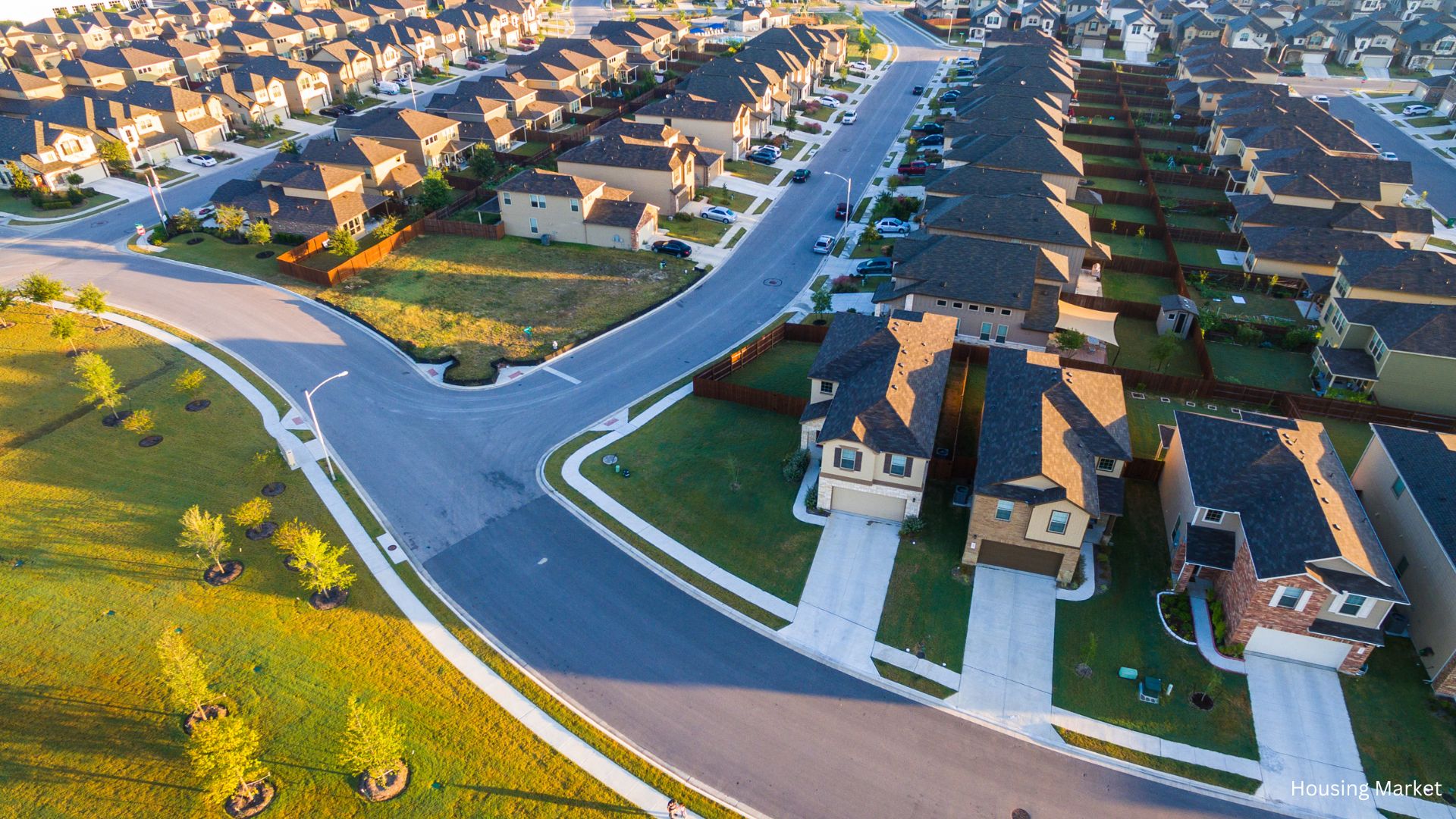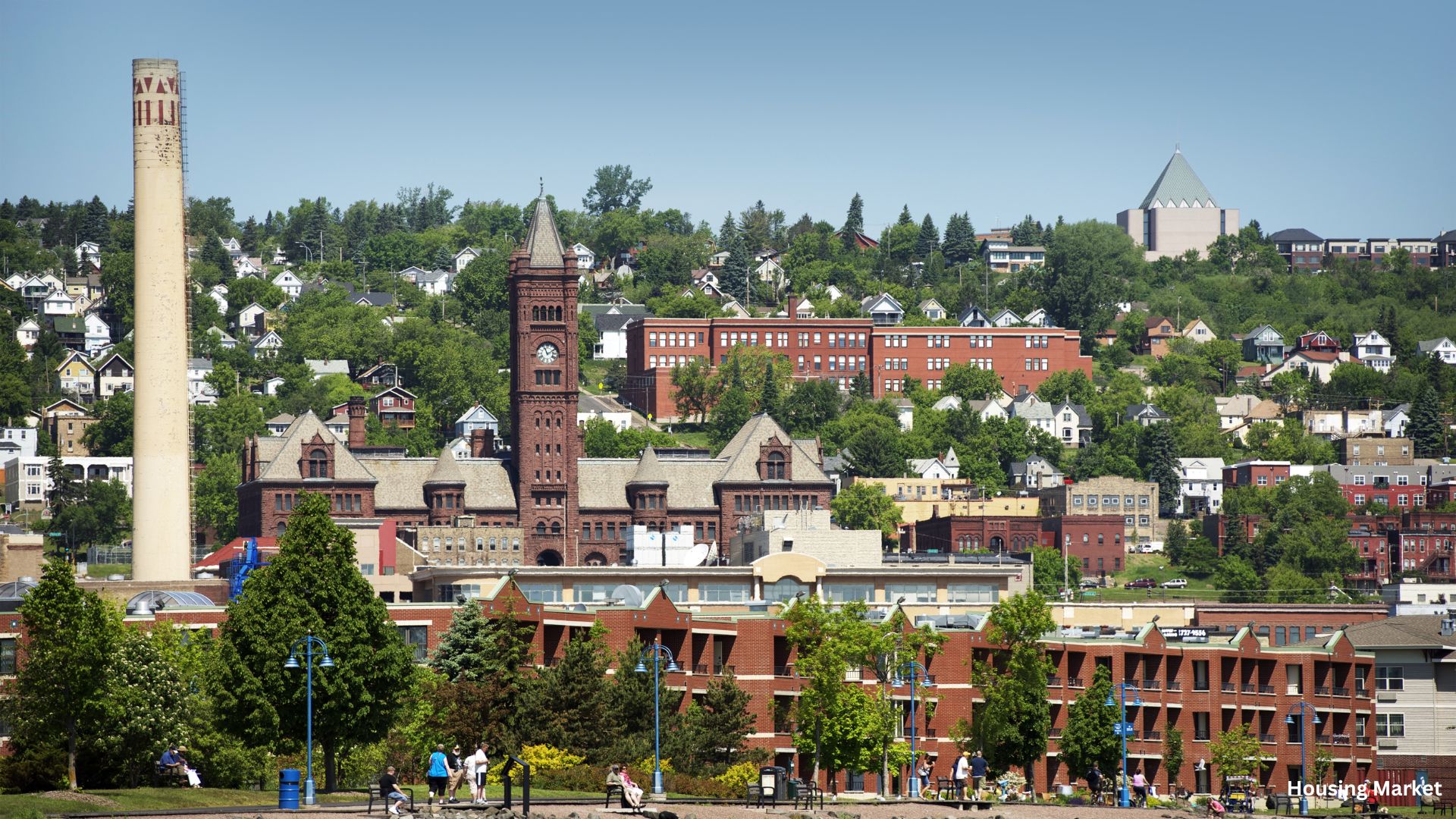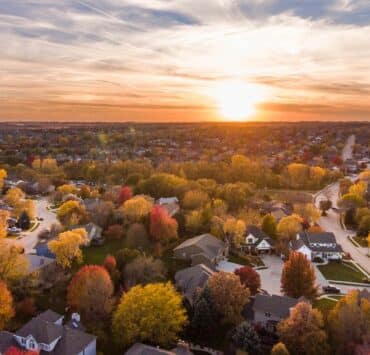The issue of housing affordability has reached a critical point in the United States, and the debate over how to address this problem has led to an interesting bipartisan proposal: the use of federal land for housing development. With the federal government owning approximately 28% of the land in the U.S., the idea of utilizing some of this land to create more affordable housing has gained traction across party lines. But while the concept appears straightforward, the implementation presents a complex challenge.
The Bipartisan Proposal
The notion of using federal land for housing is not new, but it has gained renewed attention in recent months. Both the White House and the Republican National Committee have incorporated this idea into their platforms, recognizing that the sale of surplus federal land could be a viable solution to the housing shortage. By opening up federal lands for bidding, developers could be incentivized to build affordable housing units, helping to alleviate the high costs that plague many parts of the country.
The federal land in question is often in areas where local zoning laws have made it difficult to increase housing supply. By bypassing these restrictive local regulations, the federal government could potentially address the housing crisis in a meaningful way. However, the approach differs between parties. Republicans, led by figures like Rep. John Curtis and Sen. Mike Lee, advocate for a broader sale of federal lands, while the White House favors a more targeted approach, focusing on lands already within development zones.

Challenges in Utilizing Federal Land for Housing
Despite the growing support for using federal land to address housing shortages, there are significant obstacles. One of the primary concerns is the suitability of the land. Much of the federally owned land is located in remote areas without the necessary infrastructure, such as roads and sewers, to support residential development. Additionally, environmental concerns arise, as some of this land may hold ecological significance, making it unsuitable for housing projects.
Another challenge lies in the potential clash between federal and local authorities. Even if the federal government successfully sells the land to developers, local opposition—often referred to as NIMBYism (Not In My Backyard)—could stall or even block the construction of new housing units. This resistance has been seen in various projects across the country, where local communities have fought against affordable housing developments, fearing they would lower property values or change the neighborhood’s character.
The Potential Impact on Housing Affordability
If these hurdles can be overcome, the use of federal land for housing could have a significant impact on the affordability crisis. The U.S. is currently short nearly 4 million housing units, and the construction rates have not kept up with demand since the 2008 financial crisis. By increasing the supply of affordable housing, this proposal could help stabilize prices and make homeownership more accessible to younger generations, who are currently facing unprecedented challenges in entering the housing market.
However, the success of this initiative will depend on careful planning and execution. Developers must be incentivized not only to build on federal land but also to keep a substantial portion of the new units affordable. Without strict guidelines and oversight, there is a risk that the land could be used for luxury developments rather than the affordable housing that is so desperately needed.
Federal Land as Part of the Solution
The idea of using federal land for housing is a promising one, but it is not without its challenges. The bipartisan support for this proposal reflects the urgency of the housing crisis, but the details will be crucial in determining its success. If implemented thoughtfully, this strategy could be a key component in addressing America’s housing affordability issues, helping to create a future where homeownership is within reach for more Americans.
Related posts:
 Northern Virginia Housing Market – March 2023
Northern Virginia Housing Market – March 2023
 Supply Skepticism: The Complex Puzzle in US Housing 2023
Supply Skepticism: The Complex Puzzle in US Housing 2023
 A Homeowner’s Ultimate Guide to Roof Installation and Repair
A Homeowner’s Ultimate Guide to Roof Installation and Repair
 Mortgage Rates Drop Below 7%: A Ray of Hope for the Housing Market?
Mortgage Rates Drop Below 7%: A Ray of Hope for the Housing Market?
 Buffalo Housing Market: A 2024 Success Story of Growth and Affordability
Buffalo Housing Market: A 2024 Success Story of Growth and Affordability





